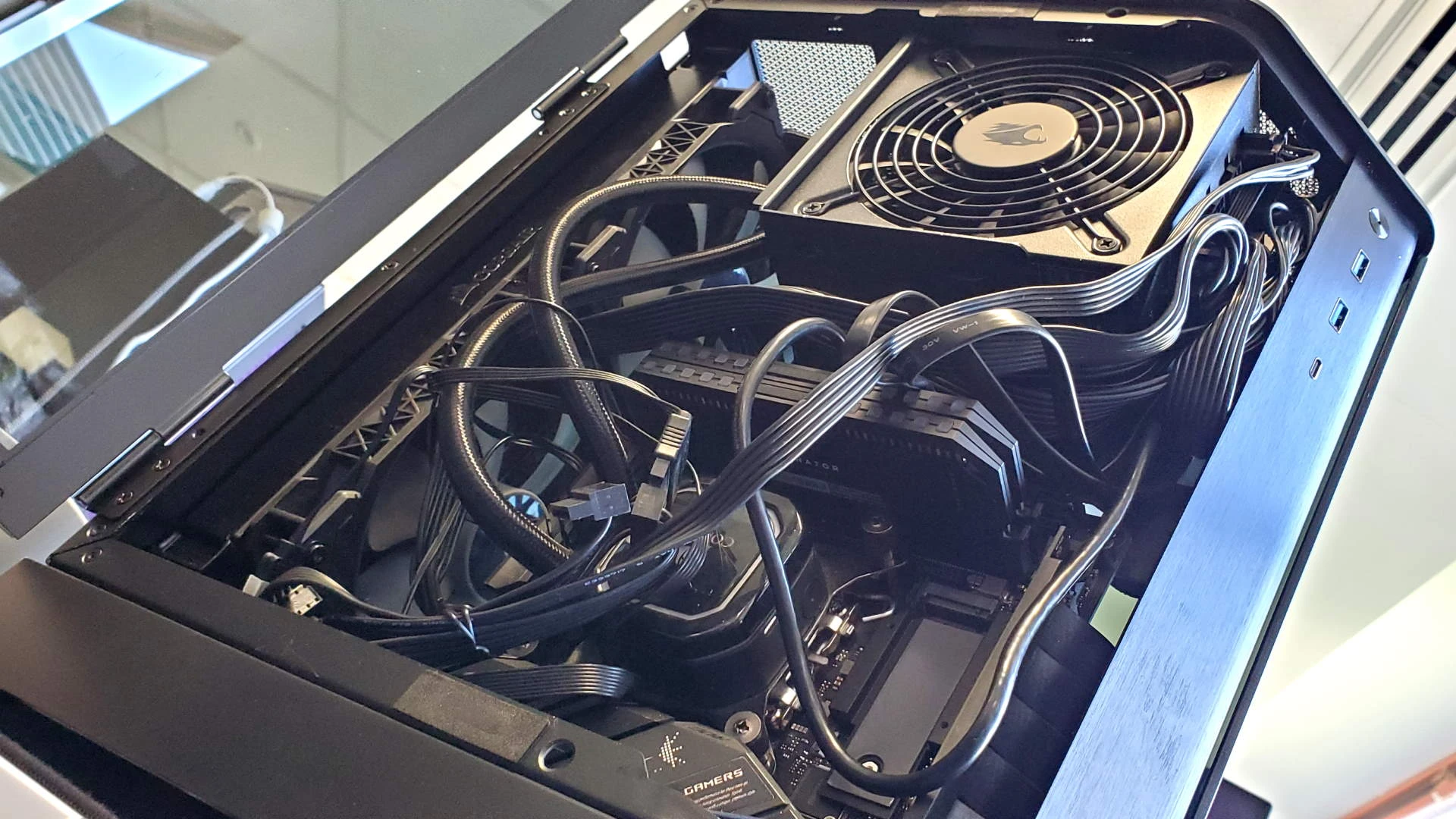
In the realm of PC building, cable management has long been a challenge, often resulting in a cluttered and unsightly interior. However, motherboard manufacturers are now tackling this issue head-on by introducing innovative designs aimed at minimizing cable visibility and maximizing aesthetics.
Three major players in the motherboard market, Asus, MSI, and Gigabyte, have recently introduced motherboards featuring rear-mounted connectors, a move aimed at simplifying cable management and enhancing the overall look of custom-built PCs.
Understanding the Delay
Despite the apparent benefits of rear-mounted connectors, their adoption has been relatively slow. The delay can be attributed to several factors, including the evolving priorities of the PC DIY community and the lack of broad support from hardware manufacturers.
In the early days of PC building, functionality took precedence over aesthetics. PCs were often housed in nondescript beige boxes, with little attention paid to their appearance. However, as the PC enthusiast community grew, so did the importance of aesthetics. Features like transparent side panels, cable management grommets, and RGB lighting became increasingly popular, reflecting a shift towards more visually appealing builds.
The Emergence of Rear-Mounted Connectors
The concept of rear-mounted connectors is not entirely new, with MainGear filing a patent for the idea as early as 2011. However, it wasn’t until recently that major motherboard manufacturers began incorporating rear connectors into their designs.
In 2019, Asus unveiled the Prime Utopia concept board, showcasing the potential of rear-mounted connectors. Gigabyte followed suit in 2022 with Project Stealth, becoming the first major brand to bring a rear connector motherboard to market. MSI and Asus subsequently introduced their own rear connector designs in 2023 and 2024, respectively.
The Benefits of Rear-Mounted Connectors
The primary advantage of rear-mounted connectors is their ability to streamline cable management and improve the overall aesthetics of a PC build. By relocating connectors to the rear of the motherboard, builders can achieve a cleaner and more organized interior, with fewer cables cluttering the space.
Additionally, rear-mounted connectors offer practical benefits, such as easier access and reduced interference with other components. The notorious 8-pin EPS connector, known for its difficulty in tight spaces, is now more accessible with rear-mounted designs.
Compatibility and Considerations
While rear-mounted connectors offer significant advantages, they also present compatibility challenges. Most cases are not designed to accommodate rear-mounted connectors, necessitating the use of compatible cases or modifications to existing ones.
Furthermore, the lack of an open standard for rear connectors means that compatibility between motherboards and cases may vary. Manufacturers like Gigabyte, MSI, and Asus are addressing this issue by collaborating with case manufacturers and offering compatible solutions.
Future Outlook
Despite the initial hurdles, rear-mounted connectors represent a promising advancement in PC cable management. While there may be some initial cost implications and compatibility considerations, the long-term benefits are significant.
As the demand for cleaner and more aesthetically pleasing PC builds continues to grow, rear-mounted connectors are likely to gain traction. With continued innovation and industry support, they may emerge as a widespread alternative to traditional cable routing methods.
In conclusion, while the era of RGB spaghetti may not be entirely over, rear-mounted connectors offer a compelling solution for those seeking a cleaner and more organized PC build. As the technology evolves and adoption increases, the future of PC cable management looks brighter than ever.
In case you have found a mistake in the text, please send a message to the author by selecting the mistake and pressing Ctrl-Enter.






